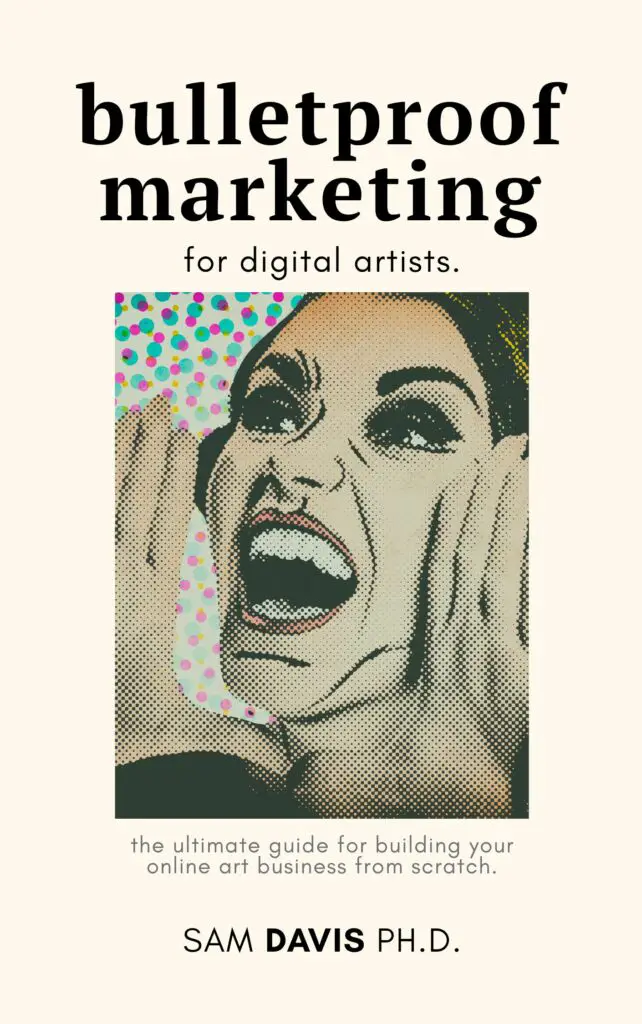Whether you're an entrepreneur or an artist running a small business, marketing is essential to your success. However, the thought of creating a marketing plan can feel daunting and overwhelming. But don't worry, with a few simple steps, you can create a simple yet effective marketing plan that will help you reach your goals and grow your business. In this blog post, we'll walk you through the steps to create your own super simple marketing plan that works.

Define your goals and audience:
Your marketing plan should align with your business goals. Before you start planning, identify what you aim to achieve through marketing and who you're trying to reach. Determine your target audience and what motivates them to engage with your business. Knowing your audience will help you create a plan that speaks directly to them. When you focus on your intended audience, you can tailor your messaging and promotions for maximum impact.
Determine your budget:
Consider how much you can realistically spend on marketing. Your budget will help you decide which marketing channels to prioritize. Take note of your available resources and learn which marketing strategies offer a great return on investment (ROI). If you're just starting out and cannot allocate a significant amount of money for marketing, consider focusing on low-cost or free options such as social media, email marketing, or word-of-mouth marketing.
Choose your marketing channels:
When it comes to marketing, you have plenty of channels to choose from, including social media, email marketing, content marketing, influencer marketing, and more. Each channel can attract a different type of audience and requires a different approach. Based on your target audience and available budget, choose the marketing channels that will provide the most effective results. Additionally, consider how you can integrate various channels to create a consistent and cohesive strategy.
Create a content calendar:
A content calendar acts as your guideline for creating and publishing content. The content can be in various formats, such as blog posts, videos, social media posts, and ads. Decide on the type of content that resonates with your target audience and the length of time it will take to create it. Set a schedule for when you'll create and publish the content on your chosen marketing channels. Creating a consistent cadence will help you stay top-of-mind with your audience.
Track your progress and adjust your plan:
Regularly track your marketing efforts to determine what's working and what's not. Use analytics tools and data to get insights on what's driving engagement, conversions, and ROI. Based on your findings, adjust your marketing plan accordingly. The ability to be flexible and pivot when necessary is a crucial part of any marketing plan.
Final Thoughts
Creating a marketing plan doesn't have to be complex or time-consuming. By setting clear goals, understanding your audience, choosing the right channels, creating a content calendar, and tracking your progress, you'll see results in no time. Remember that your marketing plan should be a living document, meaning that it should be updated and adjusted regularly. The key is to stay focused, consistent, and open to change. With time and persistence, you can effectively promote your business and take it to new heights.
